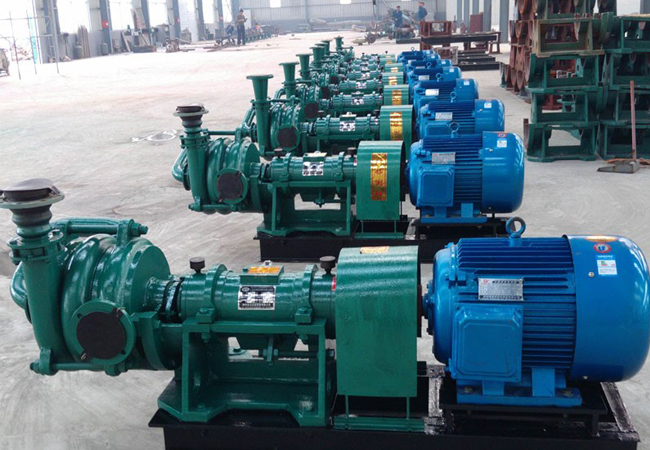English
- Afrikaans
- Albanian
- Amharic
- Arabic
- Armenian
- Azerbaijani
- Basque
- Belarusian
- Bengali
- Bosnian
- Bulgarian
- Catalan
- Cebuano
- Corsican
- Croatian
- Czech
- Danish
- Dutch
- English
- Esperanto
- Estonian
- Finnish
- French
- Frisian
- Galician
- Georgian
- German
- Greek
- Gujarati
- Haitian Creole
- hausa
- hawaiian
- Hebrew
- Hindi
- Miao
- Hungarian
- Icelandic
- igbo
- Indonesian
- irish
- Italian
- Japanese
- Javanese
- Kannada
- kazakh
- Khmer
- Rwandese
- Korean
- Kurdish
- Kyrgyz
- Lao
- Latin
- Latvian
- Lithuanian
- Luxembourgish
- Macedonian
- Malgashi
- Malay
- Malayalam
- Maltese
- Maori
- Marathi
- Mongolian
- Myanmar
- Nepali
- Norwegian
- Norwegian
- Occitan
- Pashto
- Persian
- Polish
- Portuguese
- Punjabi
- Romanian
- Russian
- Samoan
- Scottish Gaelic
- Serbian
- Sesotho
- Shona
- Sindhi
- Sinhala
- Slovak
- Slovenian
- Somali
- Spanish
- Sundanese
- Swahili
- Swedish
- Tagalog
- Tajik
- Tamil
- Tatar
- Telugu
- Thai
- Turkish
- Turkmen
- Ukrainian
- Urdu
- Uighur
- Uzbek
- Vietnamese
- Welsh
- Bantu
- Yiddish
- Yoruba
- Zulu
Telephone: +86 13120555503
Email: frank@cypump.com
Sep . 13, 2024 08:33 Back to list
water pipeline booster pump
Understanding Water Pipeline Booster Pumps
Water pipeline booster pumps play a crucial role in modern water distribution systems, ensuring that water travels efficiently through pipelines to reach homes, industries, and agricultural areas. These pumps are specifically designed to increase the pressure of water flowing through the pipeline, making them essential in scenarios where gravity alone cannot deliver water to the required location.
Understanding Water Pipeline Booster Pumps
Booster pumps come in various types, including centrifugal, positive displacement, and multistage pumps. The choice of pump depends on factors such as the specific requirements of the system, the volume of water to be moved, and the overall pressure needed. Centrifugal pumps, for example, are commonly used for their efficiency and ability to handle large volumes of water, while positive displacement pumps are often employed in applications requiring a steady flow at a constant pressure.
water pipeline booster pump

In addition to their functional importance, booster pumps are designed with energy efficiency in mind. With rising energy costs and increasing environmental concerns, manufacturers are focusing on producing pumps that consume less power while delivering the same performance standards. Variable frequency drives (VFDs) are often integrated into booster pump systems, allowing for adjustable speed control that optimizes energy consumption based on real-time demand.
Not just limited to municipal water systems, booster pumps are also vital in various applications, including irrigation systems, fire protection systems, and industrial processes. In irrigation, for example, booster pumps ensure that water reaches crops located on higher terrains. In fire protection, they maintain the necessary water pressure in fire sprinkler systems to ensure safety during emergencies.
In summary, water pipeline booster pumps are essential components of modern water distribution systems. They ensure efficient water delivery, enhance system performance, and contribute to energy savings. As populations grow and water demand increases, the importance of these pumps will only continue to rise, making them indispensable to our water infrastructure.
-
ISG Series Vertical Pipeline Pump - Chi Yuan Pumps Co., LTD.|High Efficiency, Energy Saving, Low Noise
NewsJul.30,2025
-
ISG Series Vertical Pipeline Pump- Chi Yuan Pumps|High Efficiency&Low Noise
NewsJul.30,2025
-
ISG Series Vertical Pipeline Pump-Chi Yuan Pumps Co., LTD.|High Efficiency&Energy Conservation
NewsJul.30,2025
-
ISG Series Vertical Pipeline Pump - Chi Yuan Pumps Co., LTD.|Advanced Hydraulic Design&Energy-Efficient Solutions
NewsJul.30,2025
-
ISG Series Vertical Pipeline Pump - Chi Yuan Pumps Co., LTD.
NewsJul.30,2025
-
ISG Series Vertical Pipeline Pump - Chi Yuan Pumps Co., LTD.|energy-efficient fluid handling&industrial durability
NewsJul.30,2025










